|
I stood above the stunning Silver Strand at Malinbeg one very, very hot day in, I think, 2009. As far as I remember it was Easter time, possibly Easter Sunday.
I was taking photographs of the beautiful horseshoe shaped bay as people parked and walked down to the beach. As I stood admiring the view this little tot came into view. The costume was very bright and drew my eye. I thought it would make a fabulous photograph and I was far enough away that no-one’s privacy would be invaded. The trouble was there were others around and I just wanted the little one and the sea and sand. So I waited. And waited. The temperature was going up and I most certainly was not dressed for the hot weather being out on a photo-shoot and not ready for relaxing on the beach. Each time I got just the wee one into my sights another person would run and land in the shot. I know I could have photo-shopped anyone else out but I wanted to wait and see if I could get only the child. Particularly so as there were the cutest little footprints left behind by the child. My patience eventually paid off and I got the one shot where it was just the child, the sea, sand and the cute footprints. Later I cropped it and made it into a large 6’ long print, cutting out much of the sea other than the little bit at the shoreline. Now, possibly 14 years later, the child would be around 16 plus I imagine. And I wondered if, with the power of social media, we could find the child, or the child’s parents to share the photograph with. So, do YOU know who it is? I will be making a presentation of the large print to the child/parents if we find him or her.
0 Comments
At Sliabh Liag, the highest accessible seacliffs in Europe, standing 1,972 feet, visitors must ALWAYS keep their dog on a lead. Why? Here's why. The sheep there are free to wander the area and some of that area, by definition, is made up of steep cliff edges. The above photograph shows how near to the edge they can wander. Inches beyond where that young sheep is skipping along is a huge drop straight on to the rocks and ocean below. Sheep are easily spooked and a dog running around, even when it is not chasing them, can cause panic. When sheep panic, they run. Panicking sheep will run. Just one sheep panicking will set off the others who run scattering around the place. Those in lamb may abort their lambs. All will run to escape their percieved fear of a dog. Some way too close to the edge. And unfortuately some slip and fall almost 2,000 feet to their almost guaranteed death. BUT THAT IS NOT THE WORST OF IT! ... WHAT COULD BE WORSE YOU ASK?The very worst of your dog being off-lead and spooking sheep at Sliabh Liag is the number of sheep and lambs that slip off the edge, not to their death, but who survive the fall and land on rocks below. They are almost certainly in agony and will remain that way, abandoned on a cold rocky ground with no hope of resuce. And there, after days of fear and agony, they will eventually die either from their injuries or from starvation. SO KEEP YOUR DOG ON A LEAD!This blog post is by way of an apology to the relatives and friends of those who hailed from the stunning location of An Port on the western coast of County Donegal. When we first heard about it we were told that there was a village with abandoned cottages and of course our interest was piqued. Naturally we asked why it was abandoned and the man told us that he thought it was during an Gorta Mór (the Great Hunger or Irish Famine as some know it). Once we got to it we were amazed and the beautiful old remains there and the stunning views out on to the wild Atlantic Ocean. It was added in good faith to our site under the name Famine/Ghost Village. And this name comes up first on page one of google for our site a lot of times so we take culpability in part for it becoming, wrongly, known as a 'Famine Village. We removed this name once notified and after reading a lengthy facebook post from people who knew about the place first hand. However the name as ascribed by our site was still coming up on page 1 No.1 slot of google so we have left the page name and directed visitors from there to the now updated page entitled AN PORT. (Click that link to go to it and view more photographs and information on An Port and directions to it). COMMENTS ON FACEBOOK ...Here are some of the comments we read on that facebook post (25th August 2023) which very clearly evidences the fact that An Port is not and never was abandoned during an Gorta Mór (aka The Famine). “...it was never a famine village it was a thriving fishing community, lived in until at least late 50s. Younger generation just moved or emigrated. Sick and tired of this false image of ghost , famine village.” “...My next door neighbour was from Port . She went every Sunday evening to visit her relations in Port and that was in the 1960s.” “It's not a 'post famine village' ... there were fishing families living here in these houses until the 1950s. People then began to emigrate to England and Scotland to seek work in the post war boom in construction there.” “Not a "Famine Village", so can people please stop that nonsense. Emigration and the need to be closer to schools, jobs and public services meant that people left these remote townlands for villages like Cashel.” “Port is not and never was a gost Famine village I visited there often in the fifties.” “Not a famine village my grandmother lived there.” To further make amends we have arranged to speak personally with a person who has a great knowledge of the old place and we will be posting about that in the near future. In the meantime, our unreserved apologies to anyone we upset.
18th-20th AUGUST 2023This weekend, starting on Friday the 18th of August, a weekend packed with music and fun events, kicks off in Letterkenny. (Note: for road closures/diversions, scroll to the end of this blog post). We have taken the information from both the Letterkenny Festival poster and the PRIDE Letterkenny poster and put it all together in day, date, and time order (and included the locations of each).
FRIDAY, 18th AUGUST - LETTERKENNY FESTIVAL BEGINS GIG-RIG - At McGettigans Hotel, Main Street: STARTS 7.30pm With: My Generation Bagatelle And Friends SATURDAY 20th August – LETTERKENNY PRIDE DAY FAMILY FUN & ENTERTAINMENT - 2.30pm AN GRIANAN THEATRE, Port Road AND MARKET SQUARE Including: Fashion show, face painting, arts & crafts, Towards Inclusion Choir, John Ruddy’s “Manny Man”, Broadway Boogie and more. PRIDE PARADE - Leaves An Grianan Theatre at 4.30pm travelling up the Port Road, along Main Street & finishing at Lower Main Street. DRAG BINGO with Shania LaRue 6pm - Brewery Bar/The Shack, Market Square “PRIDE” – 6.30pm - Screening of the film at Century Cinemas, Neil T. Blaney Road. All evening into the night there is music in the following bars: MCGINLEYS BAR, Lower Main Street 6pm – 6.30pm – Without Willow 6.40pm – 7.40pm – High Heeled Converse 7.45 pm – 8.45pm – Tanya McCole 8.50pm – 9.40pm – Moya Brennan THE COTTAGE BAR, Main Street 7pm – 7.45pm – Millie Greene 7.50pm – 8.35pm – Rachel Craig 8.40pm – 9.25pm – Shauna McDaid 9.30pm – 10.15 pm – Larabel 10.20pm – 11.20pm – George Houston THE BREWERY/THE SHACK, Market Square 9pm – 10pm – Boy M5 10.05pm – 10.55pm – Beni Mihai 11pm – 11.45pm – BANYAY GIG-RIG (in conjunction with the Letterkenny Festival) – Lower Main Street (outside Library) 7.30pm – 8pm – Darren O’Halloran 8.10pm – 8.40pm – The Ephades 8.45pm – 9.05pm Richard Joke & Fierce Injection 9.15pm – 10pm – Arn 10.10pm – 10.55pm – Mundy 11.05pm – 11.50pm – String Empire PRIDE AFTER PARTY – The Brewery Bar, Market Square – 11pm – late. SUNDAY 21st August – LETTERKENNY FESTIVAL continues 2pm - An Grianan Theatre, Port Road Face painting, arts & crafts, photo booth, games corner, toddlers corner, cartoon characters. SOAP BOX DERBY – Starts 2.30pm sharp at the old Grill, Port Road PORT ROAD BALL RACE – Follows soap box derby GIG-RIG: COUNTRY SUNDAY – Starts 5.30pm Sister Sara’s, Port Road With; Hard to Beat The Wild Rover Mickey Joe Harte Limelite Kathy Durkin Hugo Duncan Sinead Black This week we went to the Colmcille Heritage Centre on the shores of Gartan Lake not far from the village of Churchill. Of course like many others, we have been to the location many times to walk along the peaceful little track that runs alongside the lake but until this week had never been in the centre itself. And what a gem it turned out to be! (Scroll down to see photographs and a map). ST. COLMCILLEColmcille, sometimes better known as Columba, was born nor far from the centre in 521 AD. He was of royal lineage and grew to be an an intelligent, artistic, and determined man. In 1532 Manus O'Donnell wrote in his book 'The Life of Colum Cille': "The territory of this boy will be on both sides of the water, that is, of the sea; for one part will be in Ireland and the other part in Scotland, and he will spend some of his time in both places. And that was proved true as the Life will show later." You can learn about this interesting Donegal man at the centre and read more about him HERE. INTERESTING BITS AND PIECES ABOUT ST. COLMCILLE COPYRIGHT The worlds first case of copyright law involved Colmcille. On hearing his old teacher, Finian of Movilla (County Down) had a acquired from Rome St. Jerome's copy of the Bible, Colmcille went there and secretly copied it. When Finian found out he was furious and demanded Colmcille give it to him. This was refused and they ended up seeking a decision from the High King of Tara, Diarmaid. Diarmaid ruled for Finian, famously saying: "To every cow belongs its calf; to every book its copy.” Needless to say Colmcille was not happy about this and this eventually lead to a bloody battle, 'Battle of the Book—Cúl Dreimhne.' Colmcille won this battle and was able to keep the book, or Psalter, but the death count of the battle, around 3,000 people, played heavily on him and he decided to exile himself from his beloved Ireland. He set forth sailing from Moville in County Donegal and he kept going until he could no longer see Ireland, landing on the island of Iona off the coast of Scotland. There he set up a monastery which remains a place of pilgramage to this day. Colmcille died on Iona on the 9th of June 591 AD. The 9th of June every year is St. Colmcille's Day. THE LOCH NESS MONSTER According to St. Adamnan, who wrote about the event some 100 years afterwards, Colmcille had been visiting a Pictish King in 565 AD. The King lived near the mouth of the River Ness in Scotland. Word reached them that nearby a group of Picts were burying one of their own. The man was said to have been killed by a monster who lived in the river bed there. When Colmcille heard of this he went with some of his monks to the river and asked one of his monks to enter the water. Upon entering it the monster appeared and Colmcille made the sign of the cross and banished it forevermore to the Loch. Click on any of the images below to enlarge. Once you have finished inside the centre why not take a walk along the pathway that runs from the centre along the edge of Gartan Lake? It is a lovely (short) walk with beautiful trees, wild flowers and grasses, and beautiful scenery. Up the road from the centre, is a woodland walk. To get to it turn right when leaving the centre on to the public road, drive up the hill a little until you see a Coilte wood entrance gate (a low, metal gate painted yellow and black). Inside the gate and to the right you will see a path which you can walk on through the woods. Take care as there are drops and rough bits on the path. Another short walk can be accessed from further up the road. Park at the chapel there and once again enter the low metal Coilte gate to the left of the chapel. You can walk one of two paths and then reach the Gartan Lake again. OTHER COLMCILLE SITES NEARBY DETAILS
OPENING TIMES: Friday, Saturday and Sunday 10am - 5pm (2023 Summertime) Entry fee: Adults €3, Seniors & Students €2, Children €1. (Note: the centre is run by volunteers and there is a donation box which you are free to give to but there is absolutely no obligation nor expectation – simply a choice). Your fee includes
Wheelchair access: Yes (and facilities) (There is a small mezanine floor which is not accessible). Parking: Yes (no charge). Contact: Tel 00353 71 91 37 306
THIS YEAR'S ROUTE AND DETAILS Read more and view lots of photographs from previous years:
2016 - https://www.welovedonegal.com/blog/sandras-run 2017 - https://www.welovedonegal.com/blog/sandras-run-2017 THE HOMECOMING https://www.welovedonegal.com/blog/sandras-run-the-homecoming 2020 MEMORIES COLLAGE https://www.welovedonegal.com/blog/sanras-run-memories-collage 2022 https://www.welovedonegal.com/blog/sandras-run-2022 The Awards List for 2023 has just been announced publicly (19th May 2023 - 2pm) DONEGAL BLUE FLAG BEACHES Donegal has 12 Blue Flag Beaches 2023 making Donegal holder of the second most Blue Flag Beaches in Ireland for 2023 (along with Mayo), just one behind Kerry. CRITERIA: "The Blue Flag is an international environmental award made to beaches and marinas throughout the world that demonstrate good environmental standards and have good sanitary and safety facilities. The award is made by the Foundation for Environmental Education (FEE), an independent non-profit organisation." ~ Bundoran ~ Carrickfinn ~ Culdaff, Inishowen ~ Downings ~ Fintra, Killybegs ~ Killahoey (Dunfanaghy) ~ Marble Hill (Dunfanaghy) ~ Murvagh (nr. Donegal Town) ~ Naran (Narin) ~ Portsalon. Fanad ~ Rossnowlagh ~ Stroove (Shroove), Inishowen DONEGAL BLUE FLAG MARINAS Donegal has been awarded two Blue Flag Marina Awards 2023: ~ Greencastle, Inishowen ~ Rathmullan. CRITERIA: "The Blue Flag is an international environmental award made to beaches and marinas throughout the world that demonstrate good environmental standards and have good sanitary and safety facilities. The award is made by the Foundation for Environmental Education (FEE), an independent non-profit organisation." DONEGAL GREEN COAST AWARDS Donegal has been awarded four Green Coast Awards 2023:
~ Ballyheirnan, Fanad ~ Dooey, Lettermacaward ~ Drumnatinney, Ballyness Bay, Falcarragh ~ Magheroarty CRITERIA: "The Green Coast Award is to recognise beaches of high environmental quality. The award is for beaches which have excellent water quality, but which are also prized for their natural, unspoilt environment. Applicant sites must be managed in partnership with the local community to be considered for the Green Coast Award. The programme is supported by the Department of the Housing, Local Government and Heritage." (Click on any of the photographs to enlarge). “The most distressing thing is that this should not have happened at all.” The coroner, Dr. McGinley.
Earlier in the day the local garda sergeant had been informed but for some reason ignored advice all gardai were given at the time: "Whenever a report that an explosive article has been washed ashore is received by a Garda Station, the member in charge will immediately take such steps as are necessary to ensure that no-one approaches to within 500 yards of the article ...". His ignoring this advice resulted in the deaths of nineteen young men and teenagers that day. People from the locale gathered on the shore to view the large bomb and eventually most wander off home leaving a small group there. Two of them, James Rogers and James Roarty, took fishermens ropes and waded out to it intending to pull it to a calmer area of sea where it would not be hitting roughly off rocks. They were not, as is often cited, having fun. No, they were attempting to move it to a quieter area of the sea to stop it moving so roughly, dangerously hitting rocks. They were trying to avoid the thing that then happened: a massive and deathly explosion. An explosion so loud it is said it was heard as far away as Letterkenny, over 40 miles away. A local man, Pat Gallagher, who was a child of 10 years at the time and who lost his father and two uncles in the explosion said “The group, who ranged in age from 14-34, were not a bunch of teens who didn’t know better, they were trying to move the device to an area where it would be less affected by the currents.” Meaning Pat’s grandparents lost three sons that day and three other families lost two sons each. Local historian, Paddy McGarvey, said “No-one ever thought that a tiny Donegal community would suffer the effects of WW2 in this terrible way. It was one of the major tragedies of the war for a neutral country and the least documented.” He went on to say “The sight of so many coffins lined up in the church is something that no-one would ever want to see again. It was a devastating blow to the area and the communities affected to this day never fully recovered.” Seventeen died instantly on that beach with a further two dying, one a day later, the other a week later. 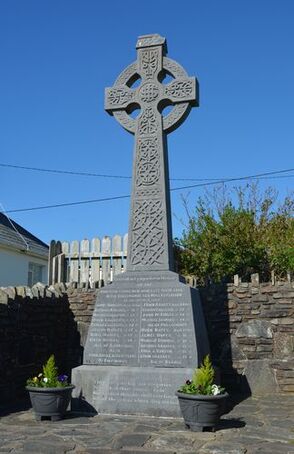 Ballymanus Mine Disaster monument at Mullaghdoo Scotch Ballymanus Mine Disaster monument at Mullaghdoo Scotch The dead were: James Rodgers, 34 James Roarty, 24 And Anthony Rogers, 34 Domnic Gallagher, 27 Owen Gallagher, 20 Patrick Gallagher, 18 Joseph Harley, 17 Denis Harley, 16 Owen Harley, 14 John Boyle, 17 Edward Gallagher, 22 John McKinley, 19 Michael Sharkey, 14 Hugh Duffy, 17 James Duffy, 16 Manus O’Donnell, 16 Anthony Sharkey, 15 John J. Carson, 15 John Sharkey, 14 The people have asked for decades that the government acknowledge this and apologise to the bereaved and the people of the area. But still, 80 years on, no apology has been forthcoming. A documentary about the disaster by Denis Harley "Ballymanus Mine Disaster May 10th 1943". A song about the disaster "Caoineadh Baile Mhanai" by Paul Douglas. DIRECTIONS TO THE BALLYMANUS MONUMENT 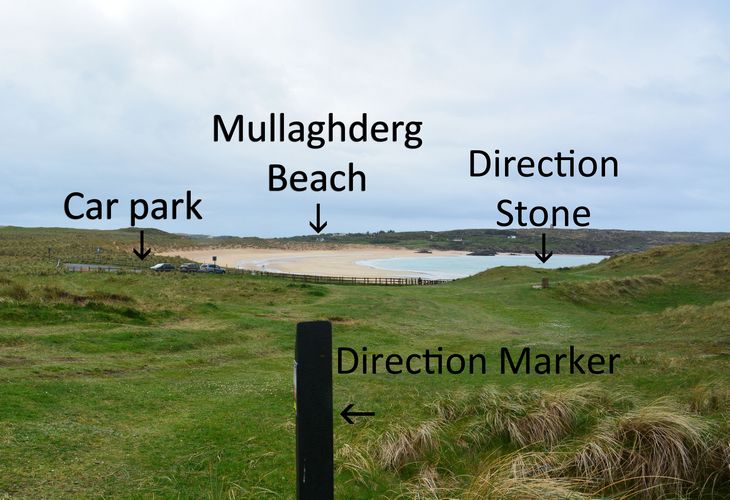 There are two, well three actually, monuments. One is the large stone high cross at Mullagdoo Scotch near Mullaghduff, the other two on the shore at Ballymanus. One is the stone monument, the other the metal cross on the rocks nearby. To get to the one at Ballymanus you park in the car park at Mullaghderg beach and then follow the marked path to it. Many sites say it is half a kilometre but having walked it this week for the anniversary, I can assure readers it is much longer, probably about 1 km. The terrain is okay but is fields so appropriate footwear should be worn. It would not be suitable for pushchairs or wheelchairs as apart from the terraine, there is a wooden stile with a narrow gate to get through too.  The Eurovision Song Contest will take place in the beautiful city of Liverpool, England in May this year. Ireland has won the contest seven times, the first being in1970 with Dana singing ‘All Kinds Of Everything’. There followed Johnny Logan in 1980 with ‘What’s Another Year’, Johnny Logan again in 1987 with ‘Hold Me Now’. Next came Linda Martin in 1992 with ‘Why Me’ Niamh Kavanagh with ‘In Your Eyes’ in 1993, Paul Harrington and Charlie McGettigan in 1994 with ‘Rock ‘n’ Roll Kids’ and the last time we won was in 1996 with Eimear Quinn singing ‘The Voice’. 2023 is the 67th Eurovision Song Contest and we in Donegal are hoping to see Ireland romp home as winners with a Donegal musician at the helm . Six acts will compete on the Late, Late Show on RTE in February to represent Ireland this year and two of those acts are very talented Donegal musicians. Leila Jane with her song ‘Wild’ is from New Mills just outside the town of Letterkenny and Andrew Carr, aka Agdy who will sing his song 'Too Good For Your Love', is from Bunbeg in Gweedore, Donegal. Let’s get behind them and push for a Donegal act to not only represent Ireland but to bring the win to our own county of Donegal. We wish them each the very best of luck ~ and stay tuned … MORE UPDATES ON THIS VERY SOON. Visiting some of the better known holy wells of County Donegal is simple. They are on maps and usually signposted. However, finding the many, many not so well known in the county can prove difficult and in some cases, impossible. So far, I have only failed to find two of those I know of and it could be that these are no longer in existence. I will still keep asking and investigating and may some day find them. In the meantime, I continue to visit more of Donegal's holy wells to photograph and find local information on. And, as with the heading here, the key definitely is local help. For instance, I wanted to find the holy well in Mountcharles that is dedicated to St. Peter and St. Paul and had a vague idea where it was from old maps. Which showed the holy well in this field ... Now just imagine having to search this muddy field without local help! Luckily, a local man in the area who had never heard of this holy well even though he had lived there his entire 40 plus years, was able to direct me to another man in the area. I asked 'is he the man who knows everything?' and he smiled, and said 'yes'. This is my name for the man or woman who has great local knowledge and they have proven invaluable in my quest to find all the holy wells of Donegal. We found the Man Who Knows Everything and a very nice man he was too. When asked for directions he simply took up his hiking stick and said 'come with me.' Walking along the road to the above field we chatted and he told me bits of history about the well and the area and even people who lived in some of the old, now derelict cottages we passed on the way. Entering the field The Man Who Knows Everything (TMWKE) walked over the field with me splashing through mud behind him and my husband making sure I didn't end up on my bum in the mud! 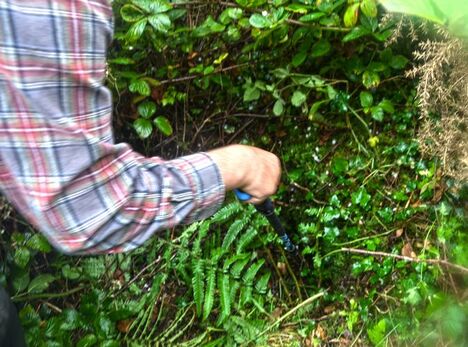 Being shown the well Being shown the well TMWKE stopped when we got to a little area covered with bushes and a small tree or two. He walked directly through the overgrowth and took his hiking stick and bashed some heavy growth down and simply opened back the remaining growth and said 'there is the well'. I was so impressed! Even with very good directions this well would have been absolutely impossible to find such was the overgrowth there. And there it was, the holy well of St. Peter and St. Paul, still with fresh water and surrounded by lots of greenery. Such a joy to find it is still there and in pretty good condition considering it has been buried under lots of bushes for many years.
TMWKE also pointed out the three cairns there (now under lots of growth and not really visible) and also the location of St. Peter's Seat, a rock there I had read about. So if you need to find anything always look for the Man or Woman Who Knows Everything in an area - they are there, and like the holy wells, you just need to find them. |
We Love DonegalWe Love Donegal is a site dedicated to bring the beauty of County Donegal on the north west coast of Ireland to the world. Categories
All
|


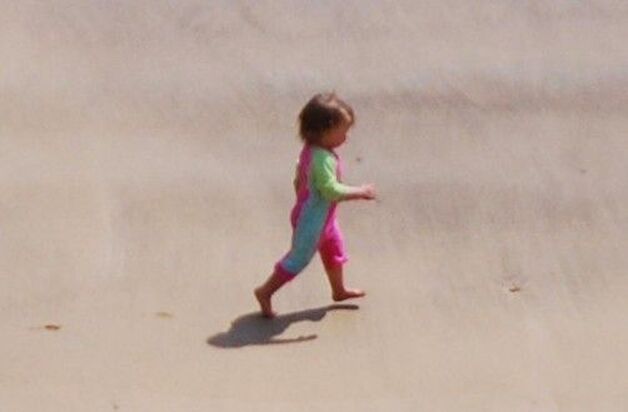
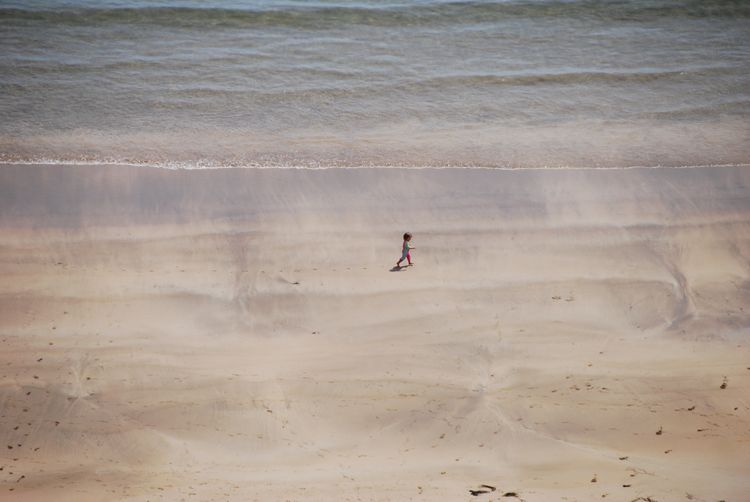
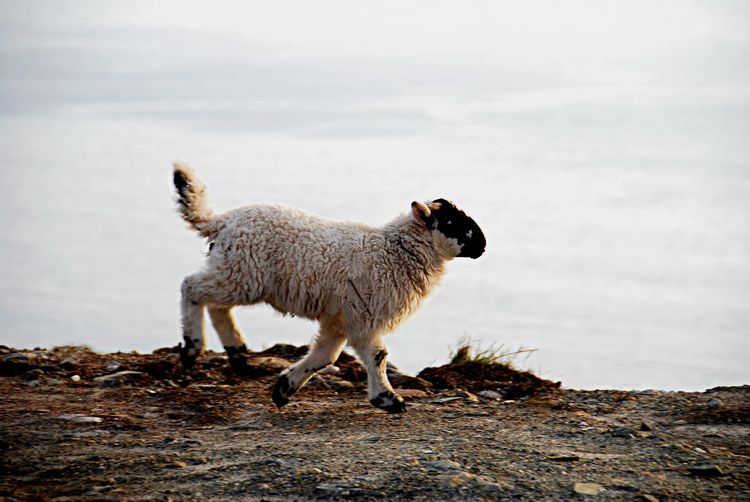
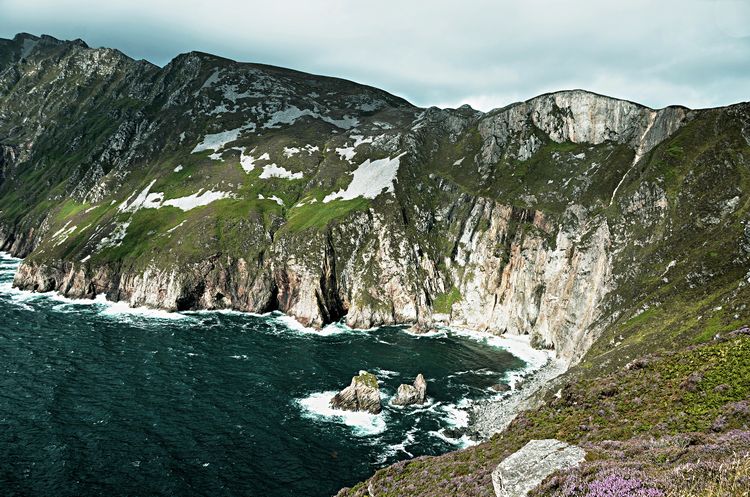
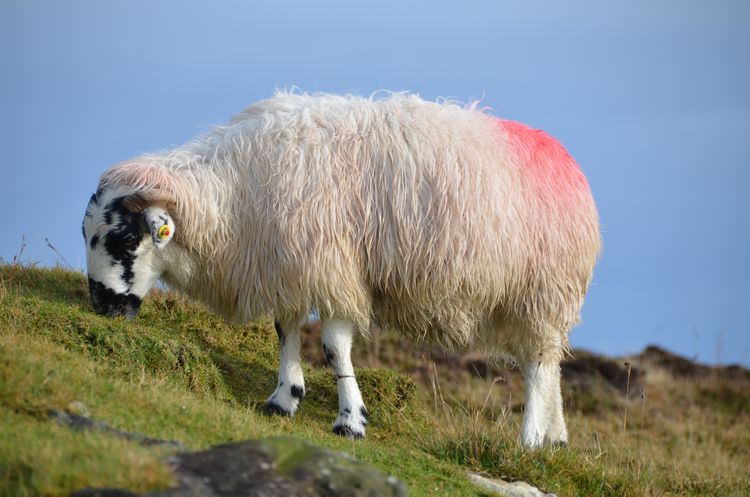
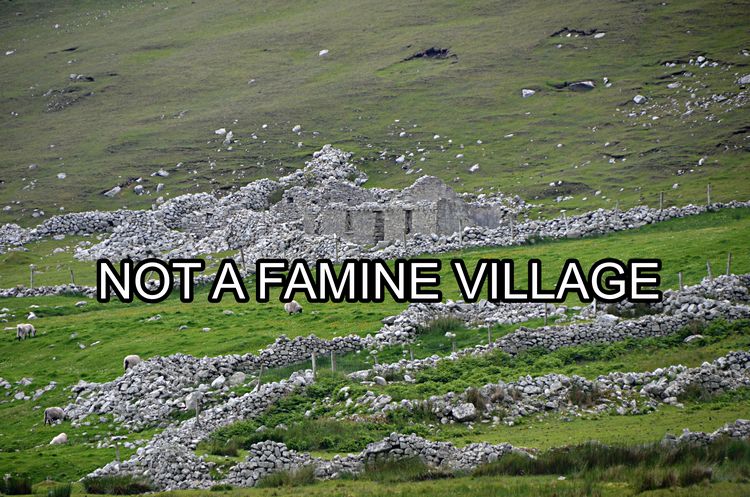
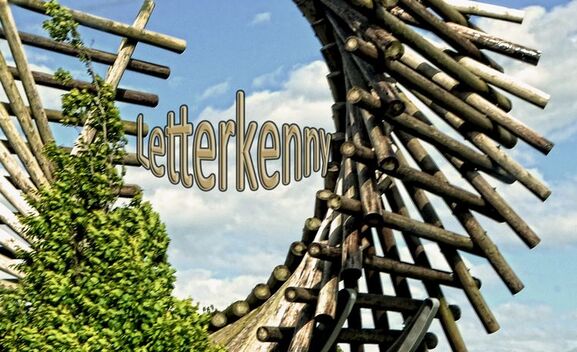
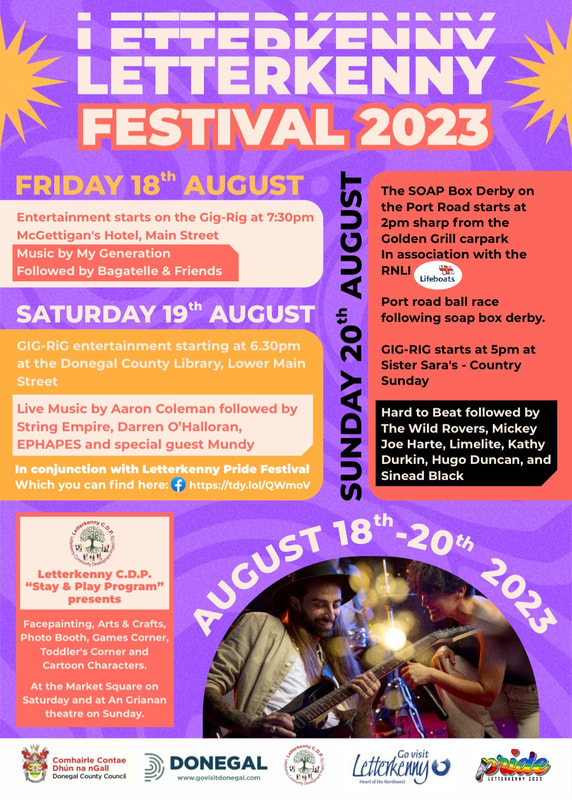
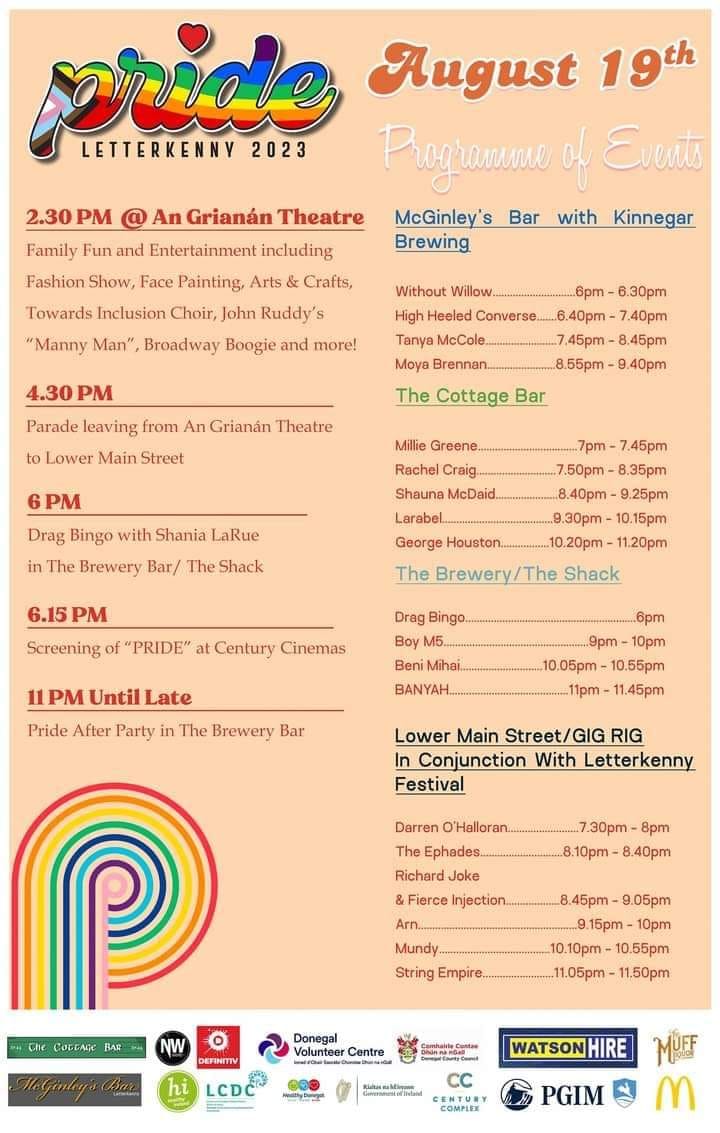
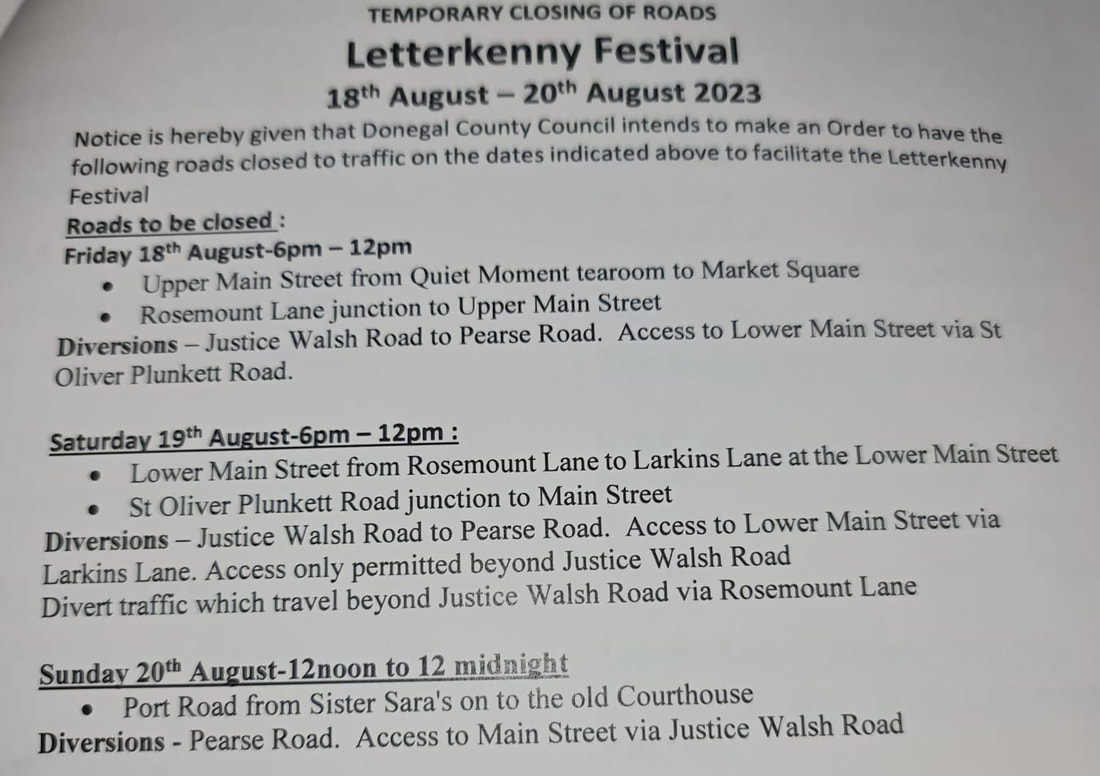
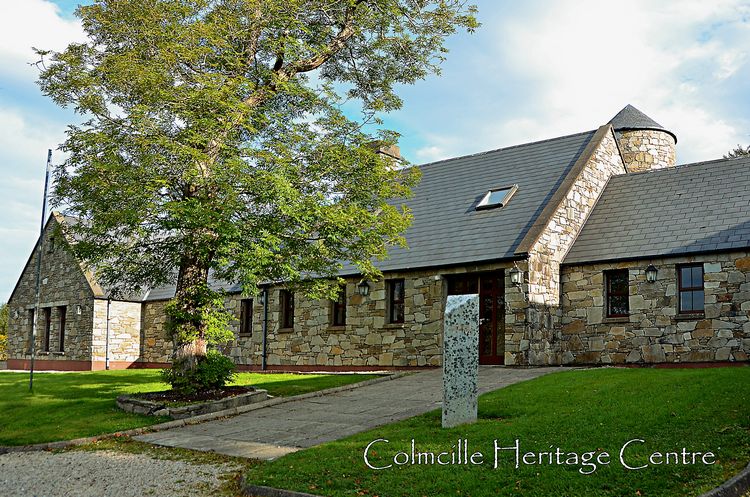
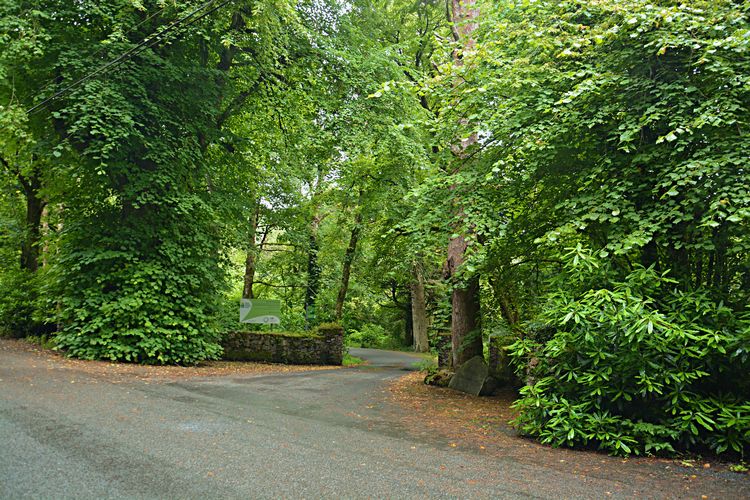
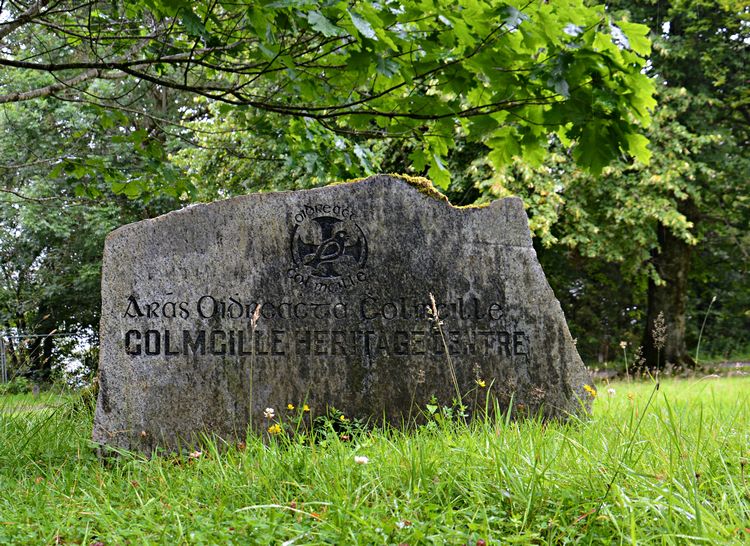
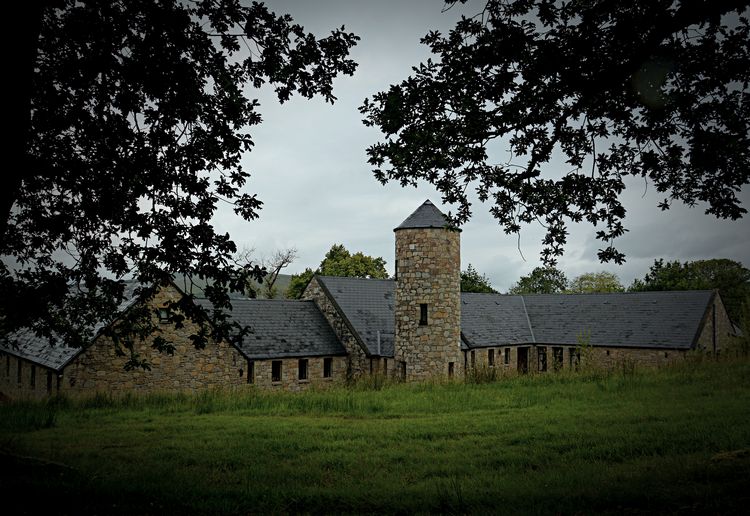
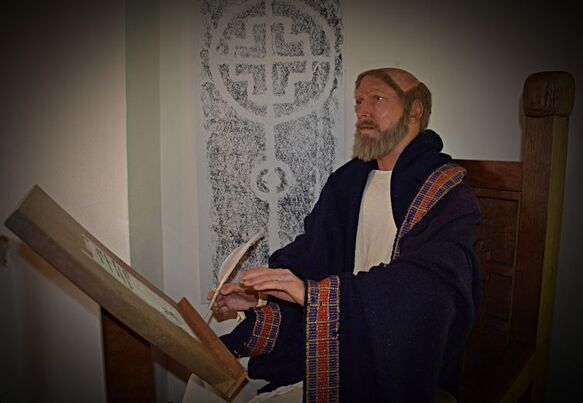
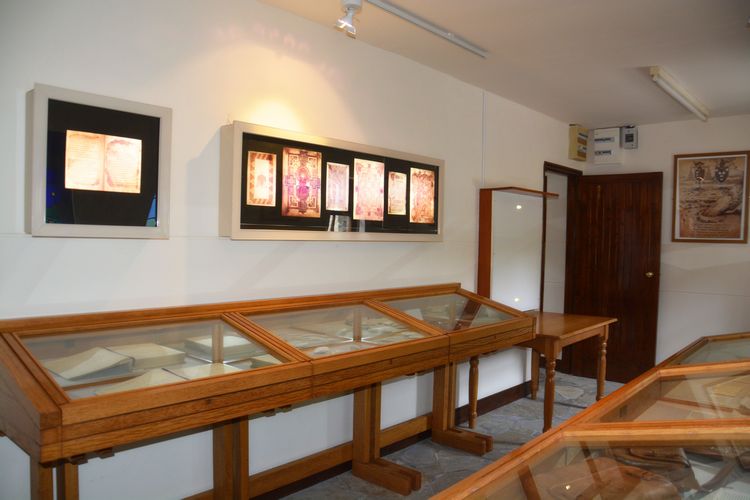
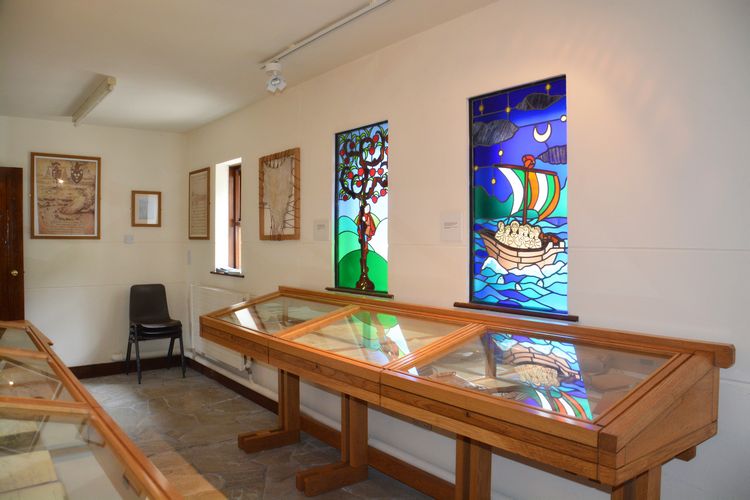
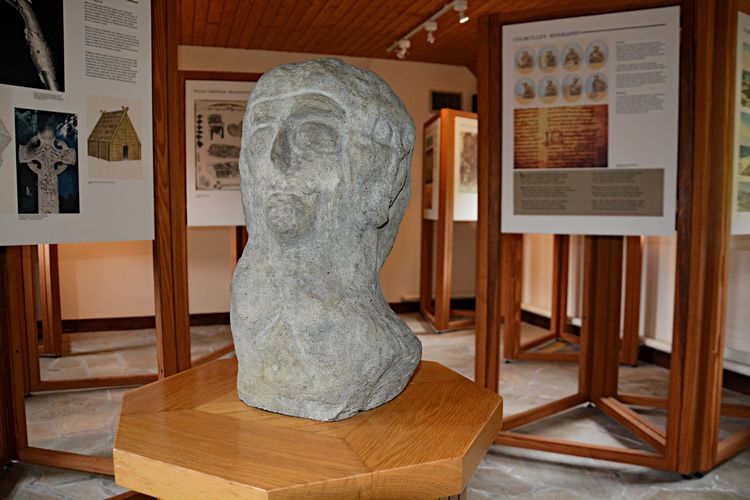
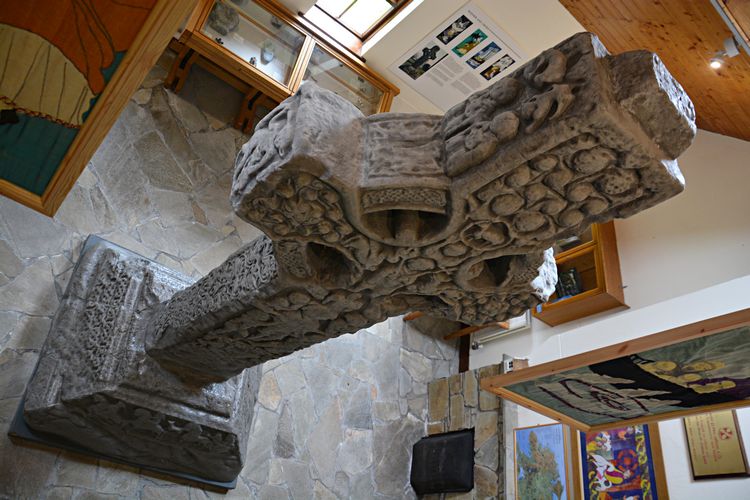
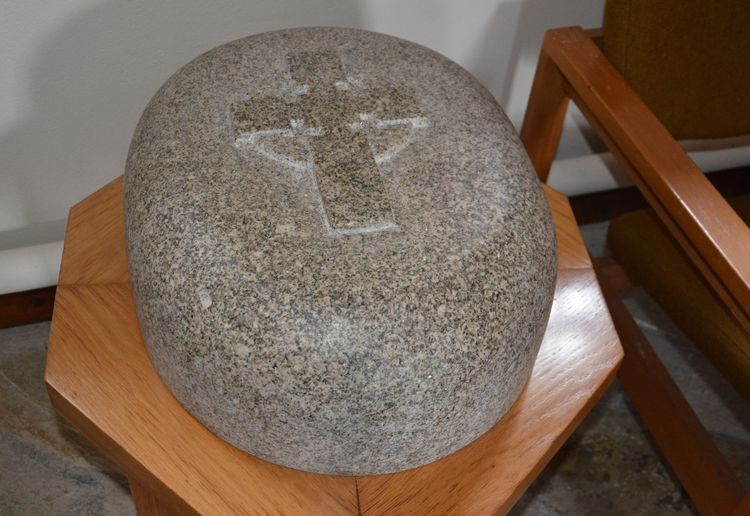

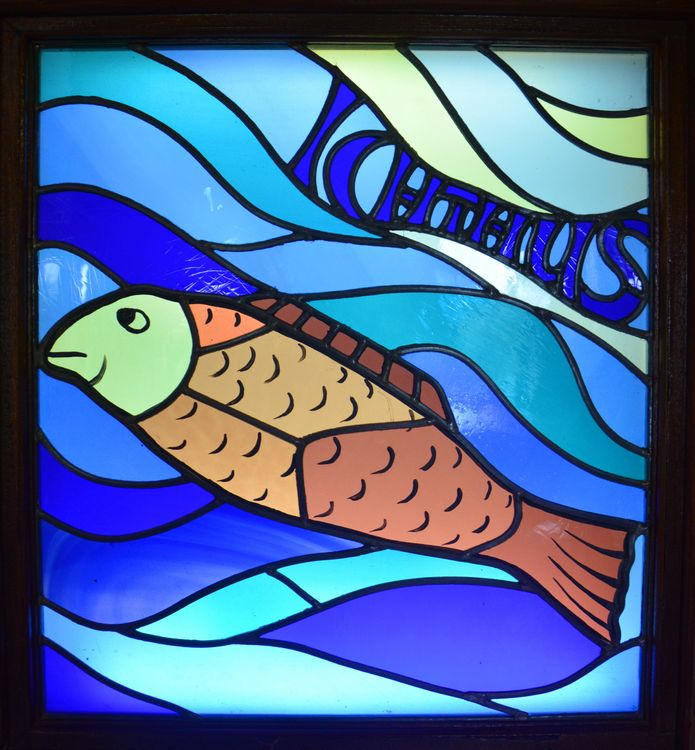
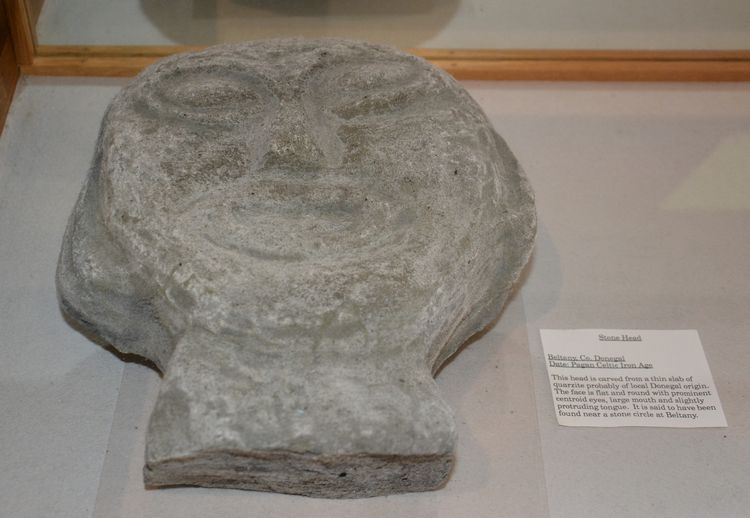
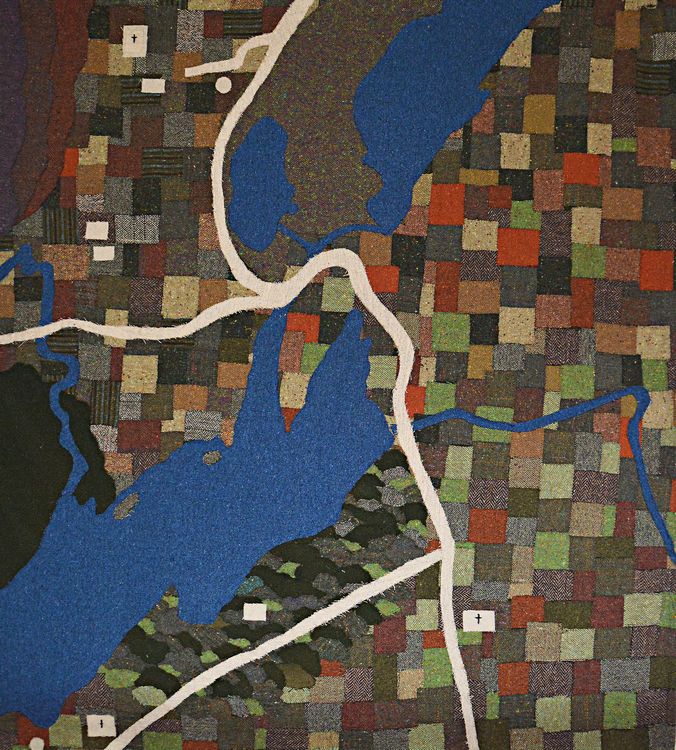
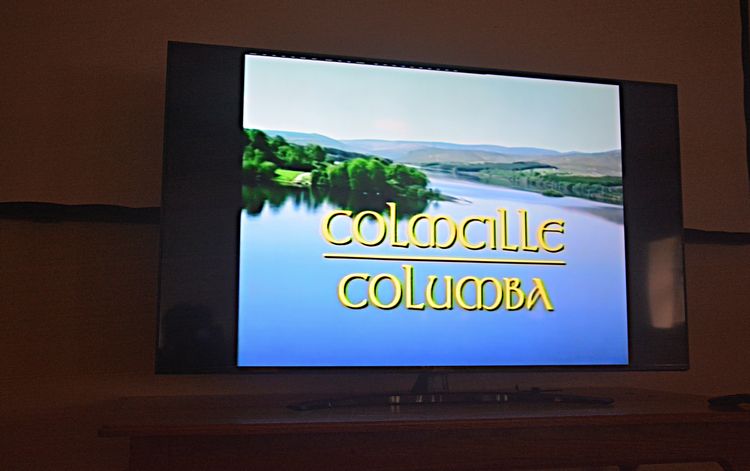
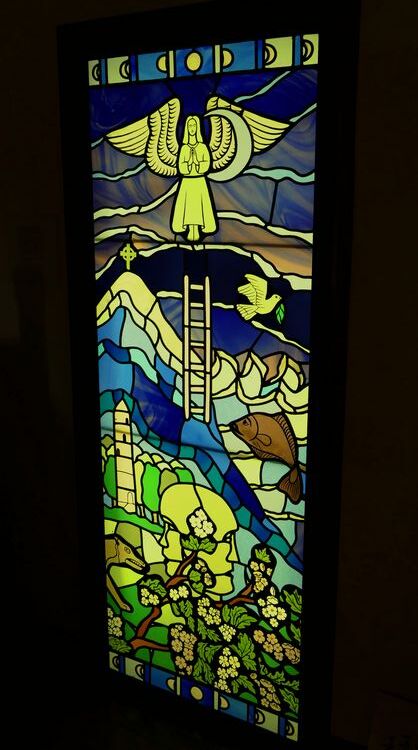
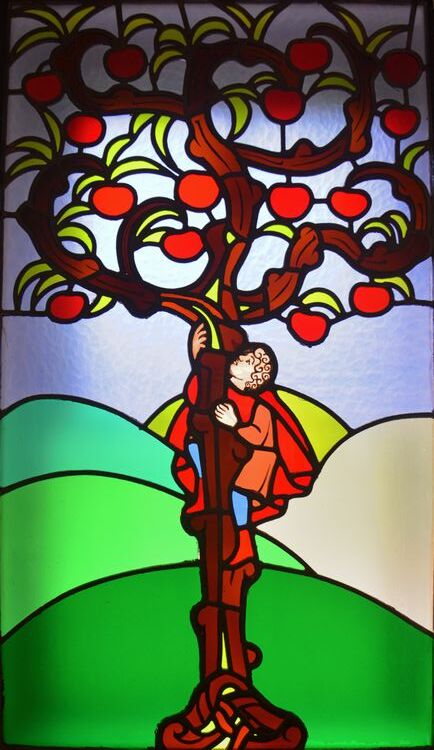
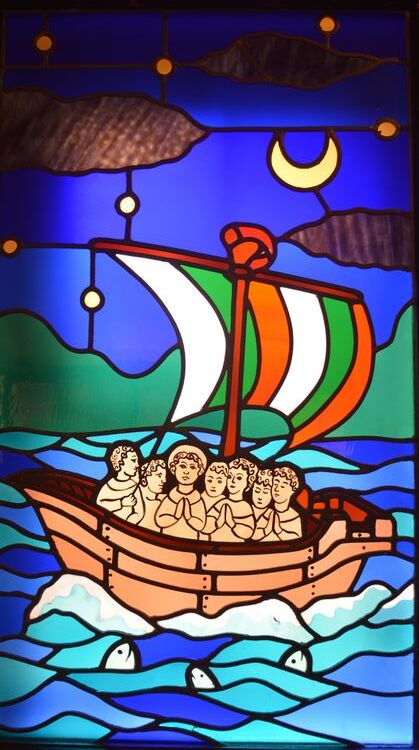
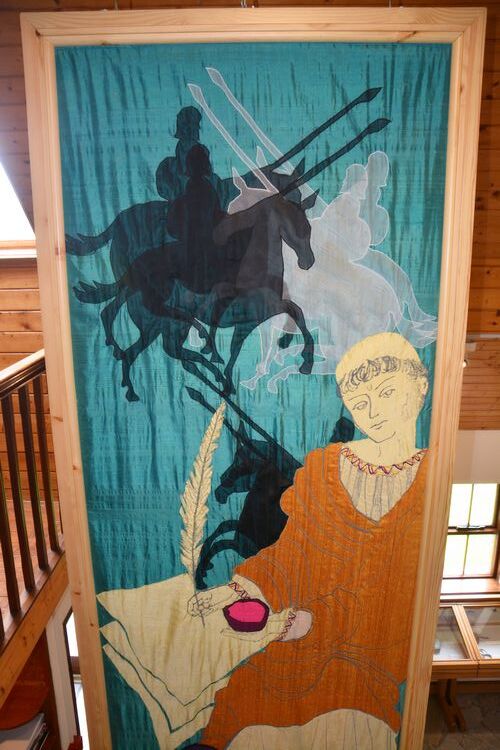
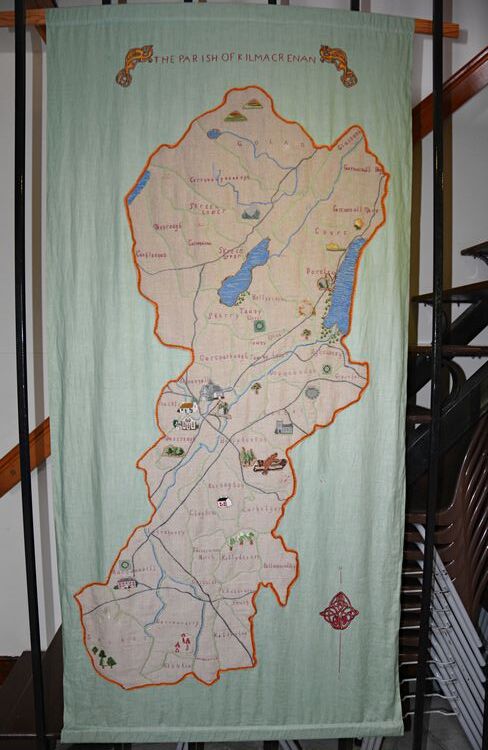
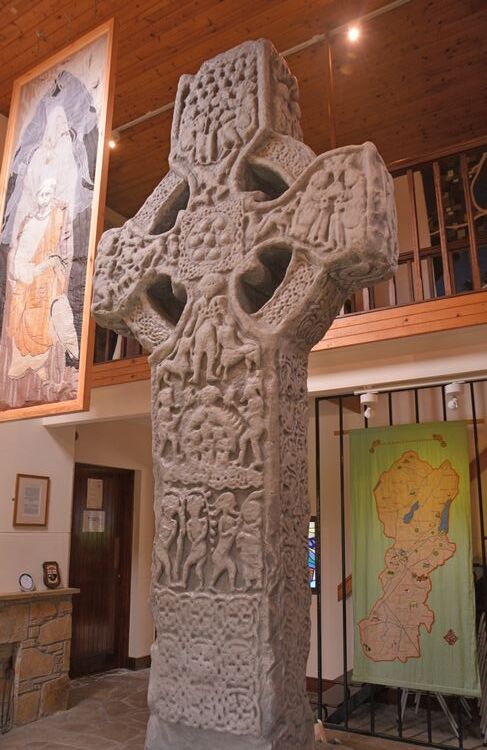


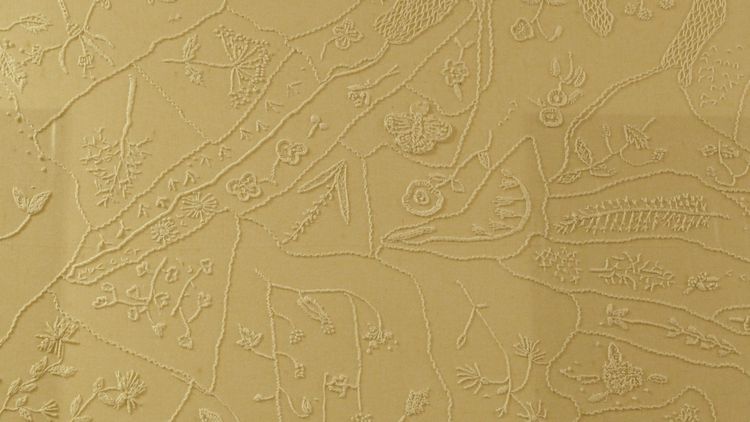


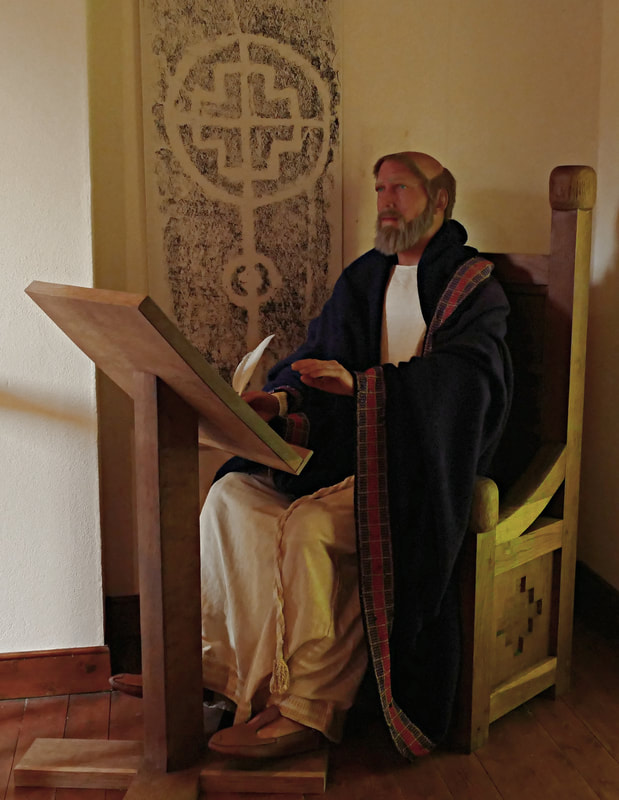
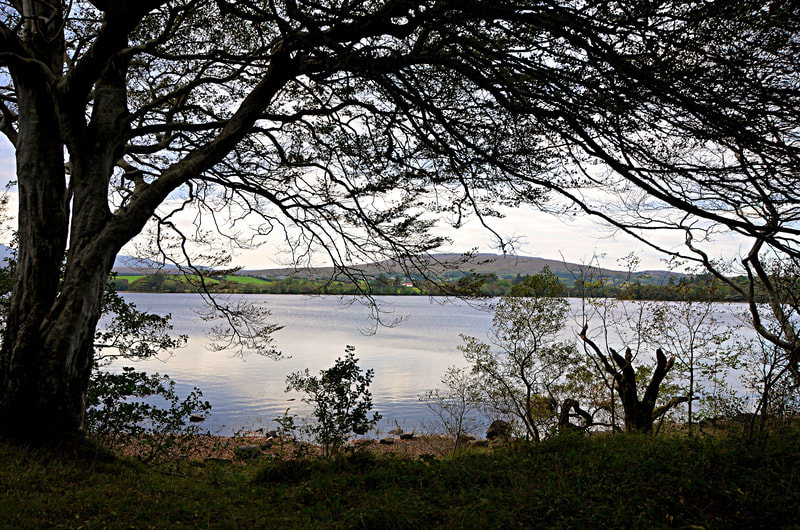
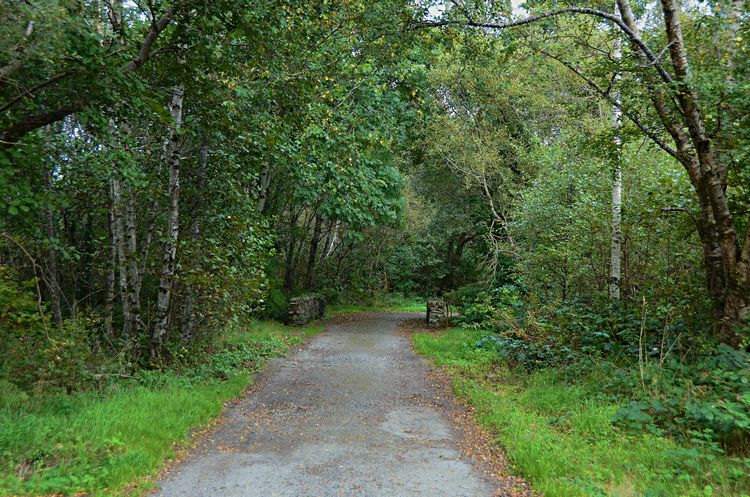
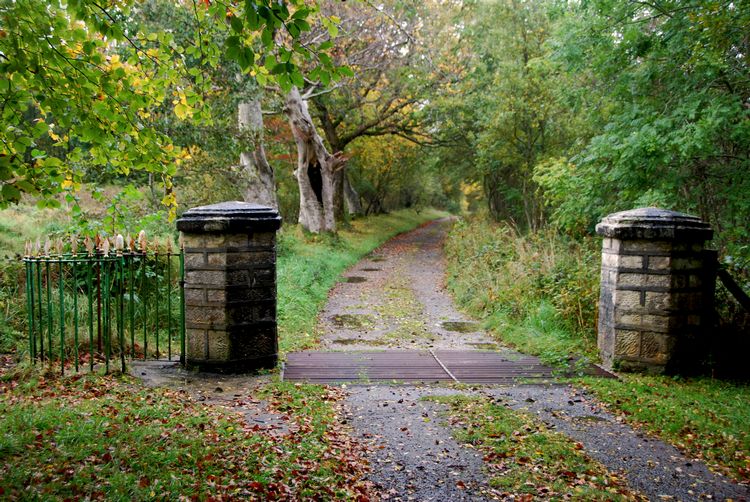
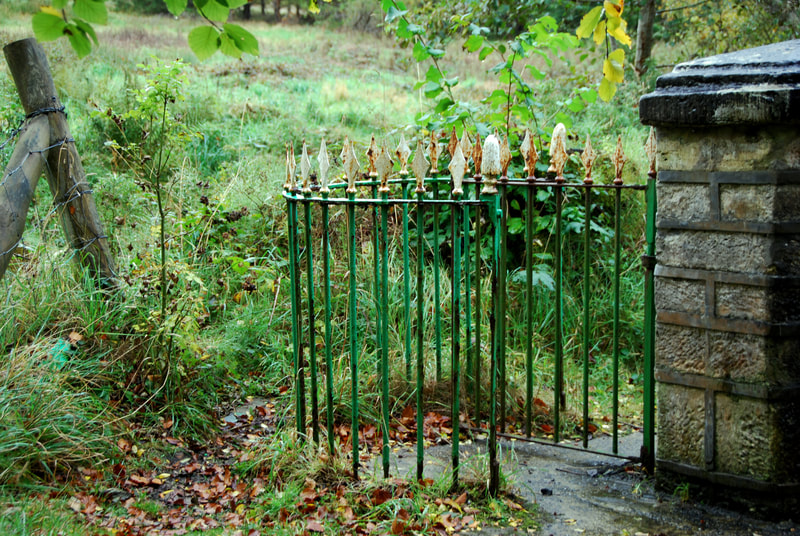
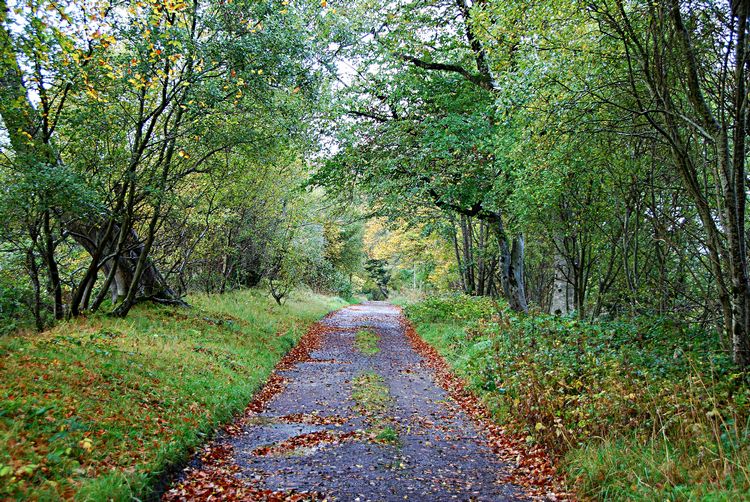
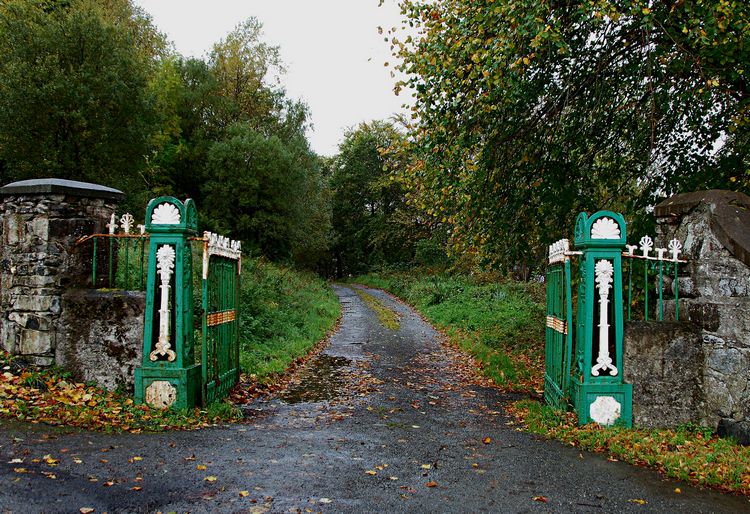
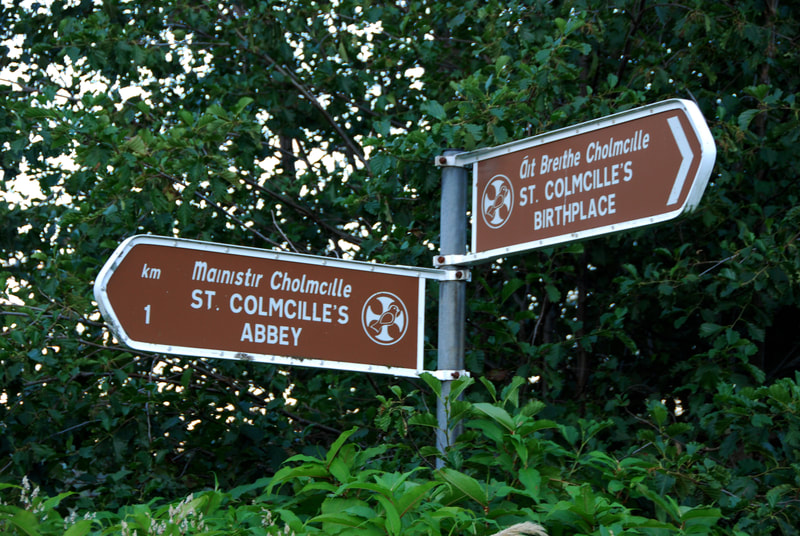
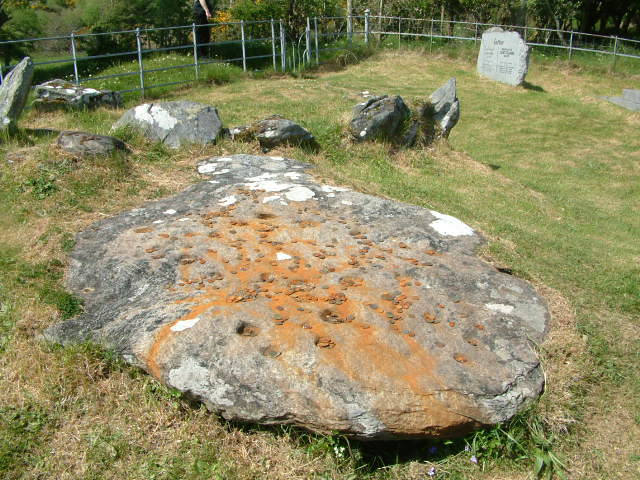
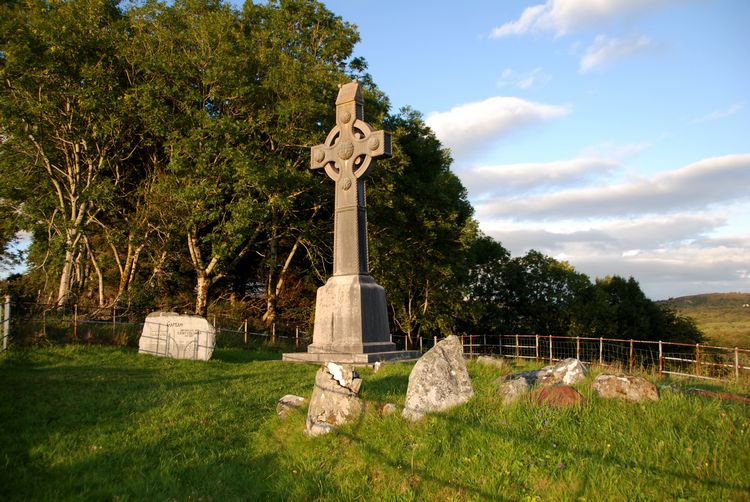
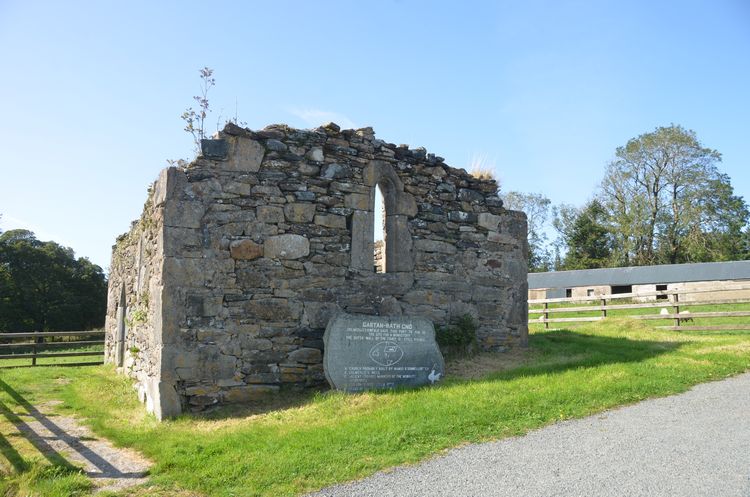
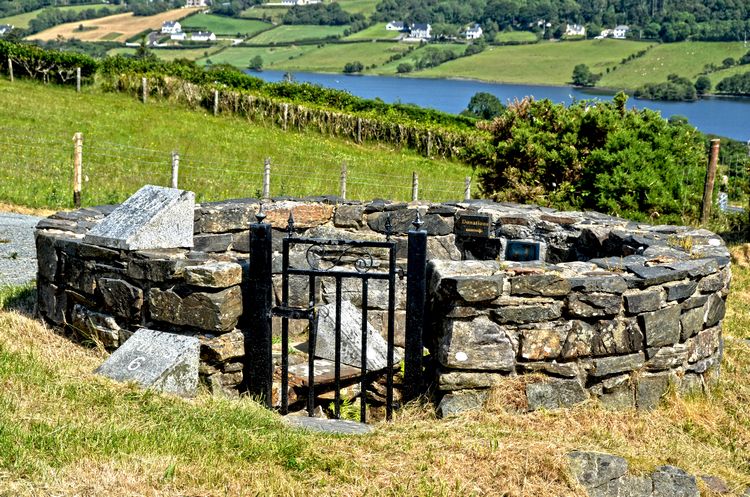
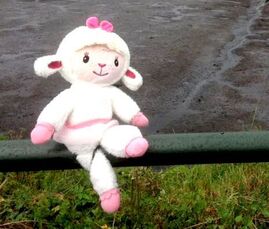
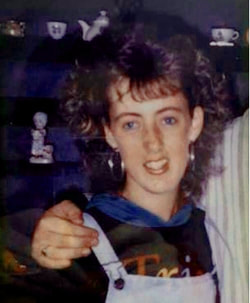
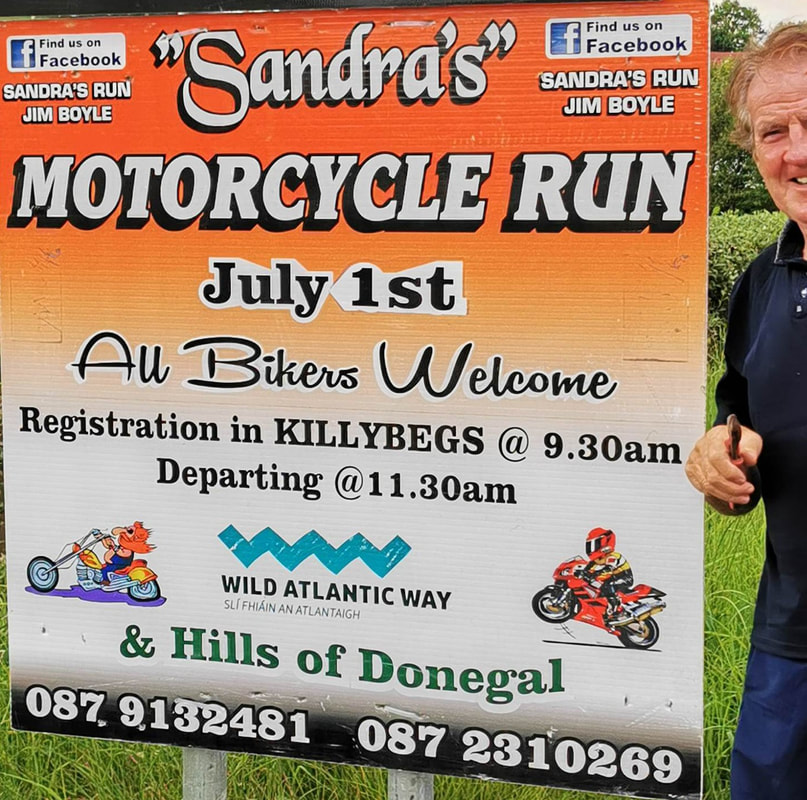

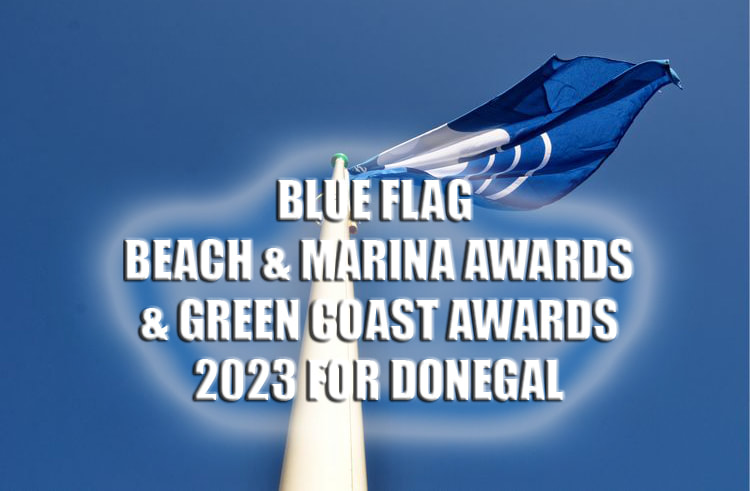
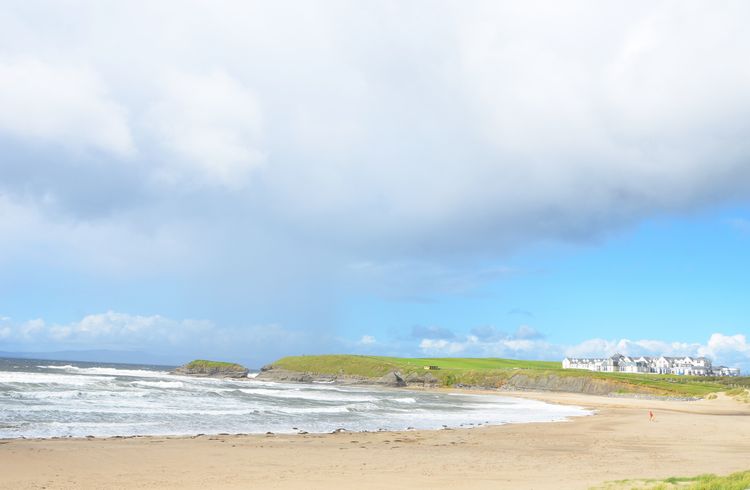
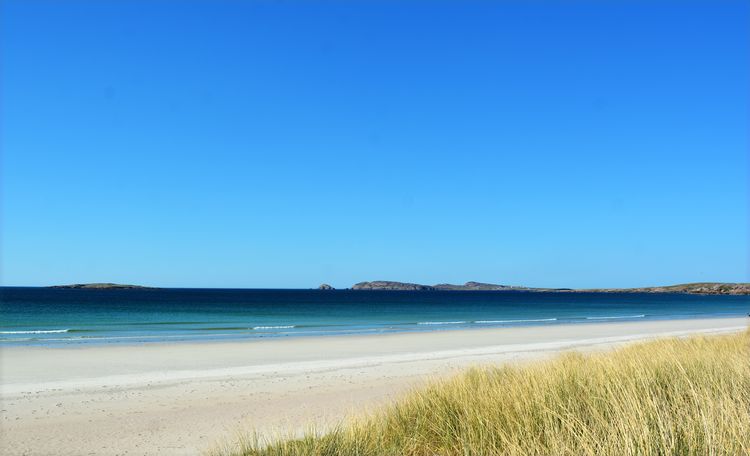
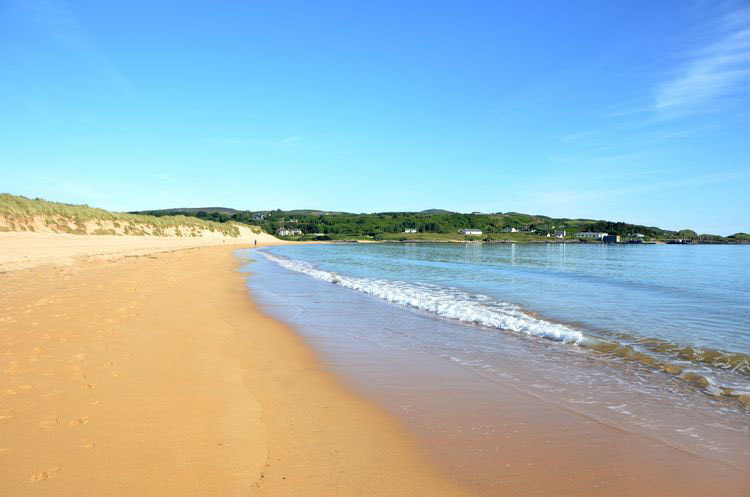
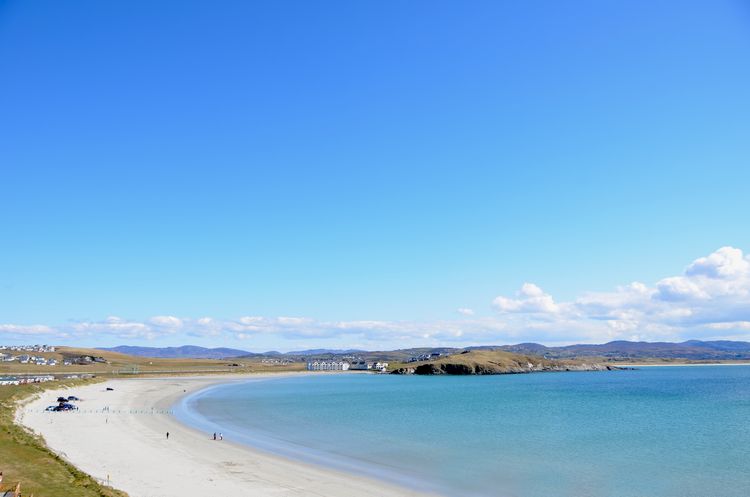
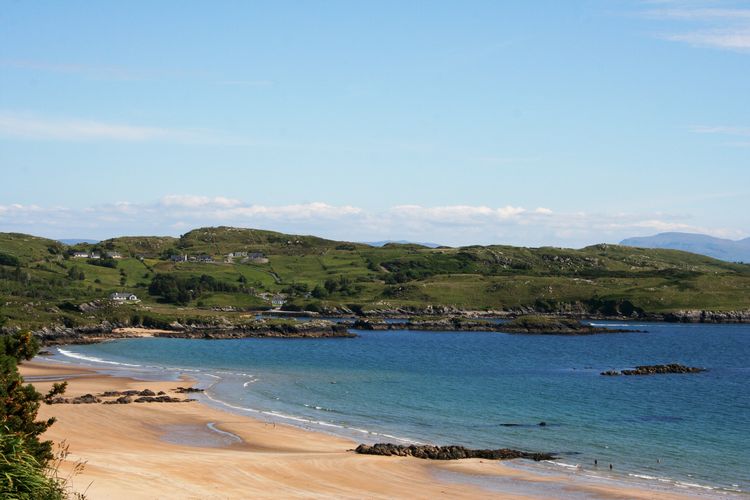
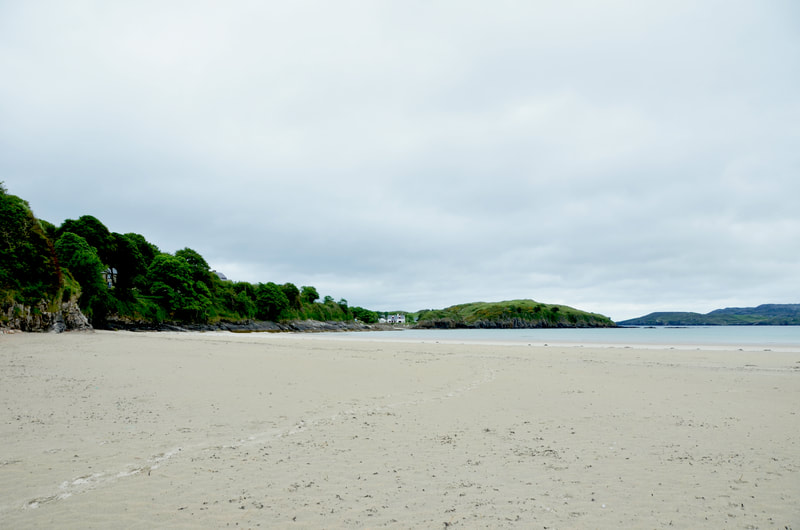
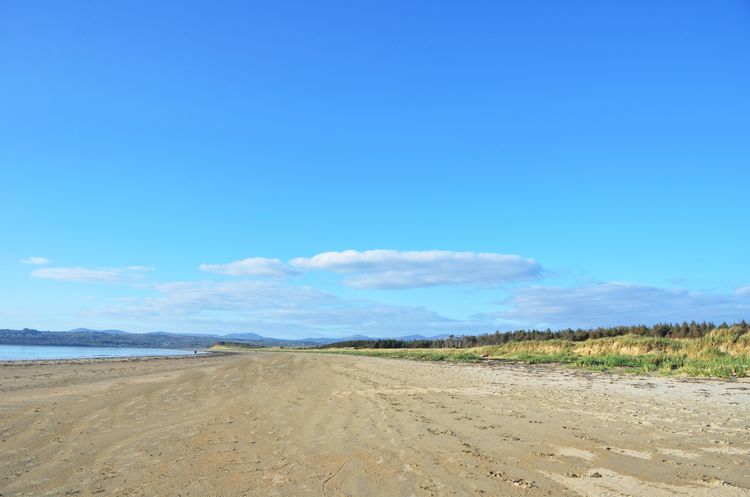
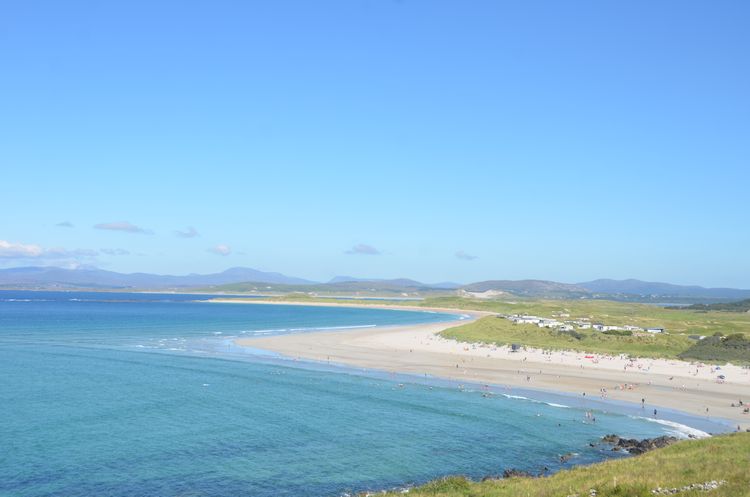
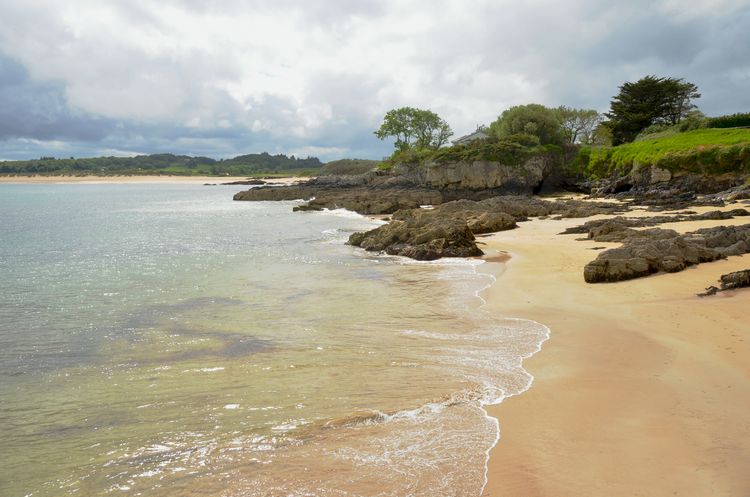
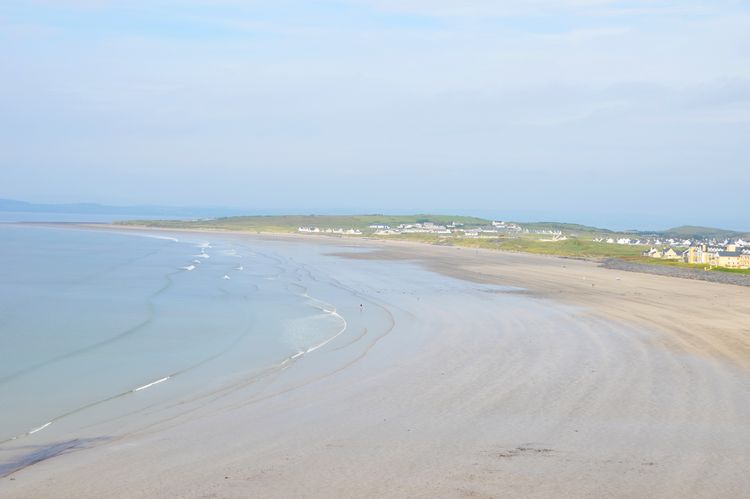
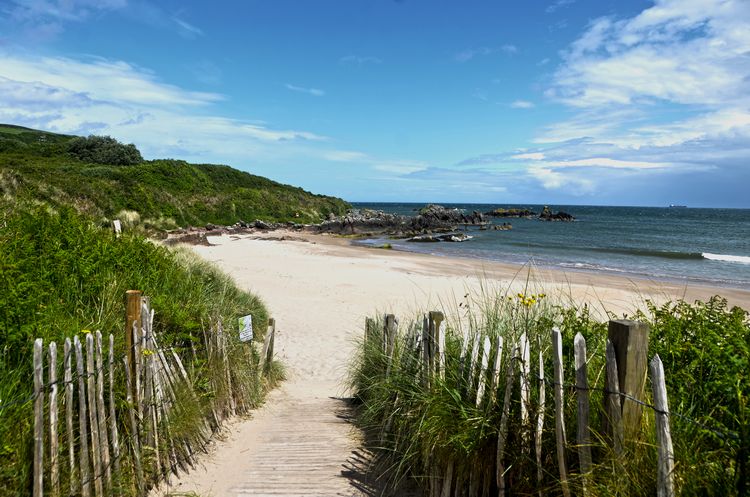
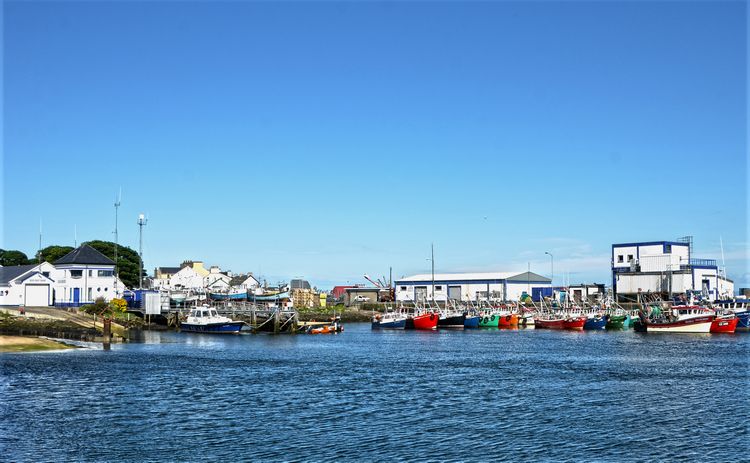
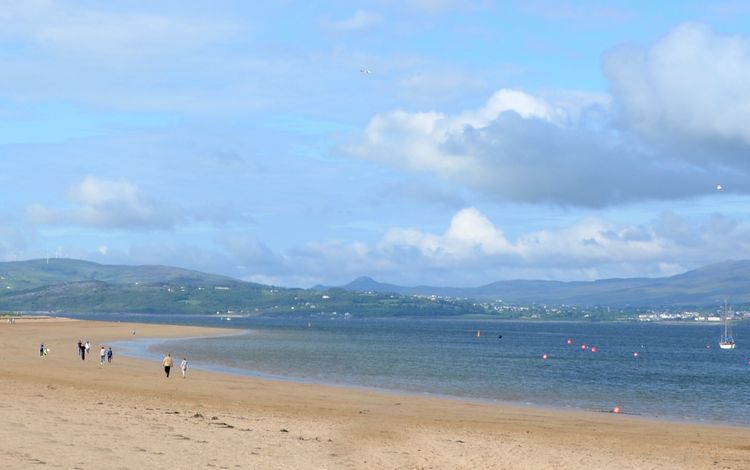
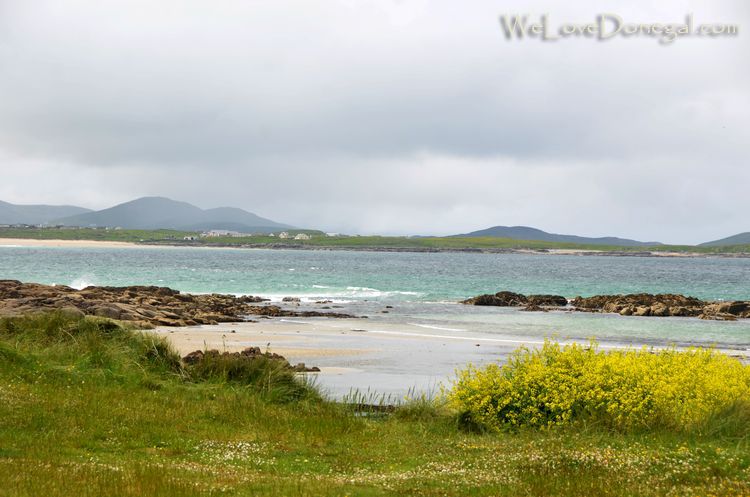
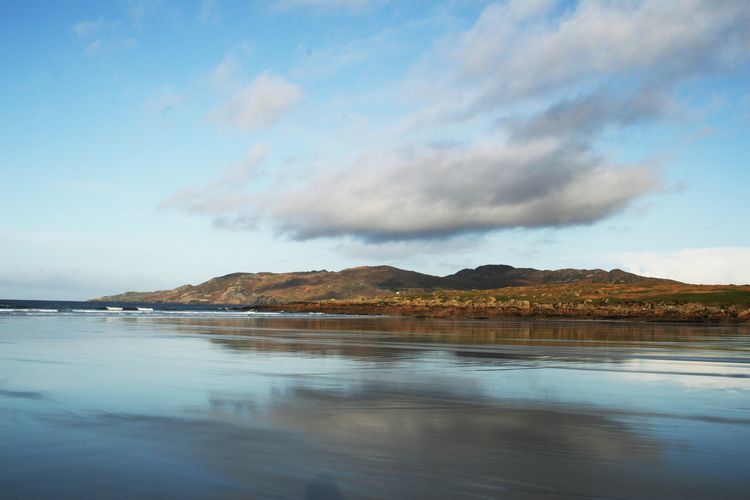
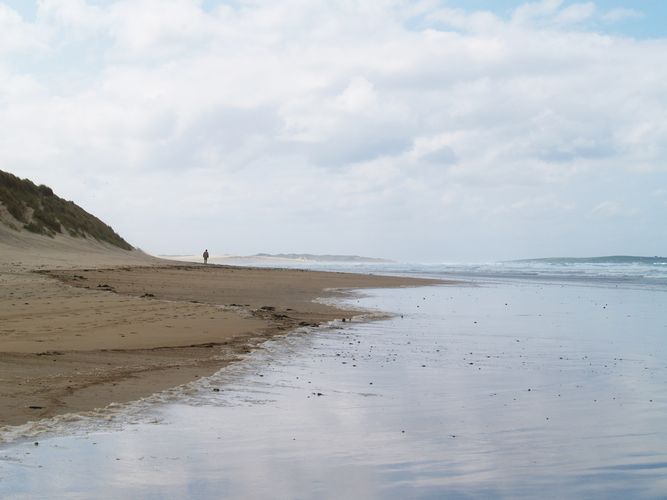
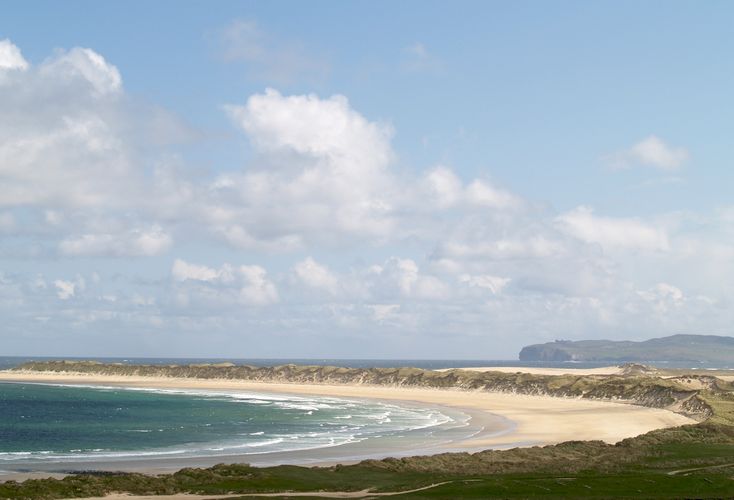
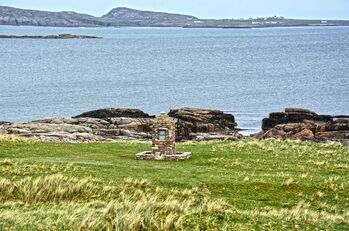



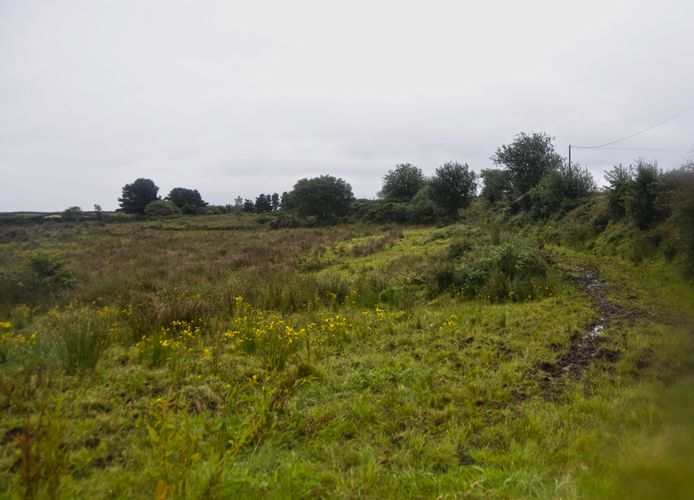
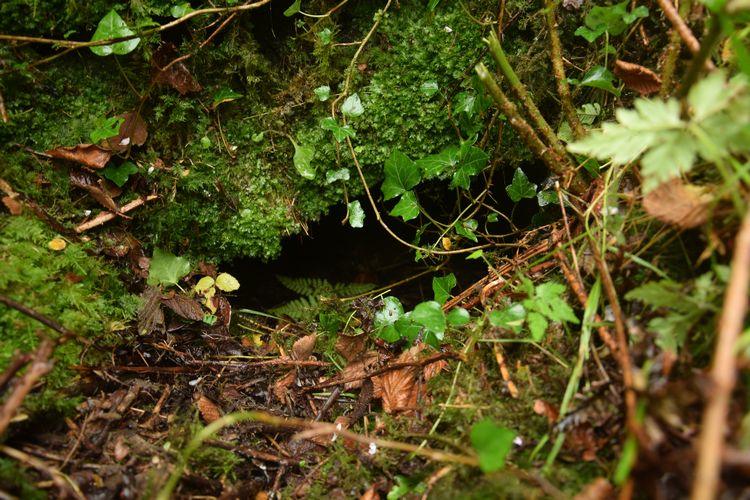
 RSS Feed
RSS Feed